Are you new to baking or just want to improve your baking skills? These baking tips for beginners are the perfect place to start to become a better baker.
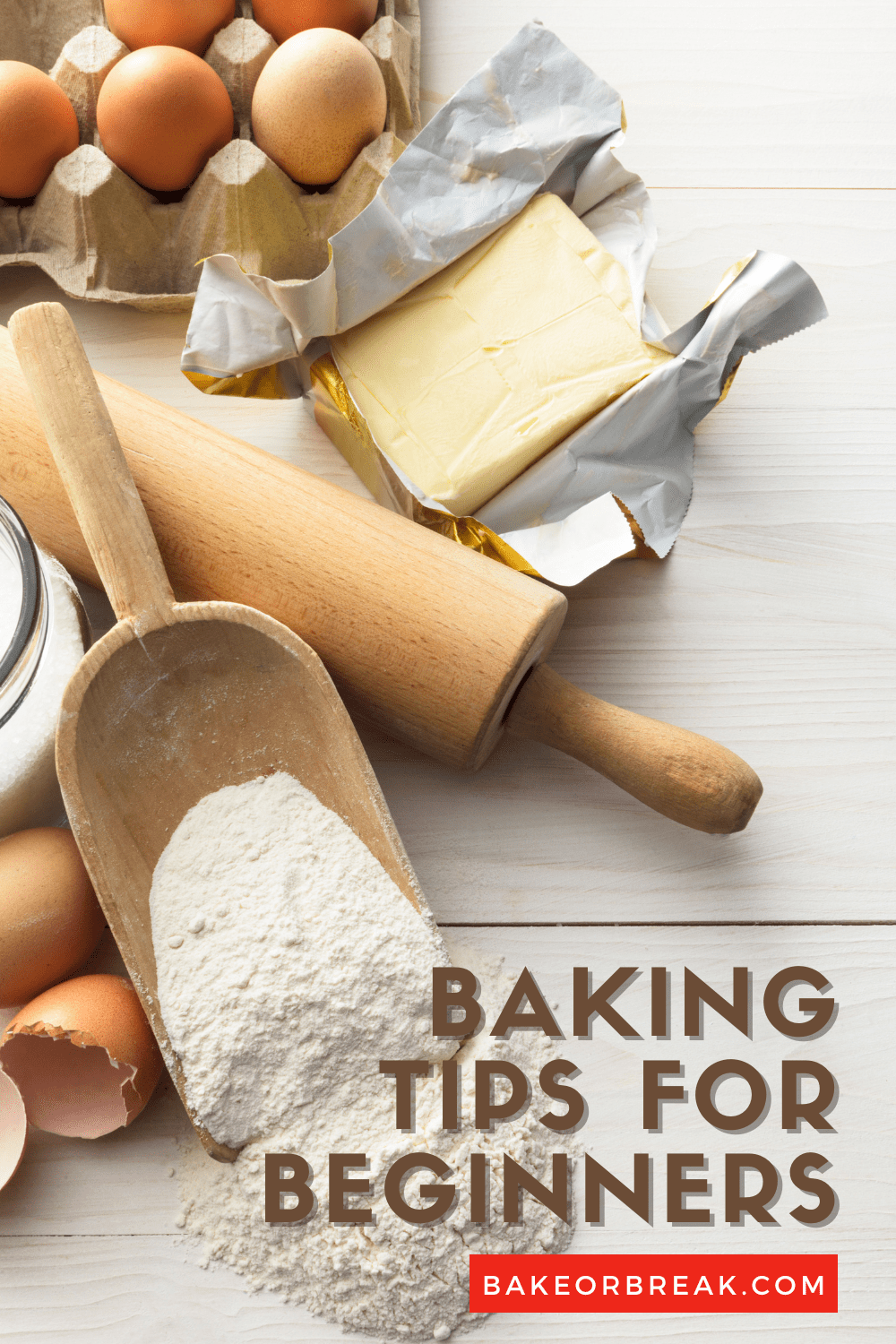
Baking Tips for Beginners
You’ve likely heard it said that while cooking is an art, baking is a science. And that’s true! Baking requires precision and attention to yield the best results.
If you’re new to baking, it can be intimidating. But the good news is, there are some things you can do to make your baking journey a smooth one.
While there are many rules of baking, these are the basics – the ones you need to keep in mind every time you bake. Even if you’ve been baking for years, it’s always a good idea to brush up on the basics.
Are you ready to improve your baking skills? Let’s do this!
Read the Recipe
That may seem like an obvious thing, but I mean that you should read the recipe thoroughly. Do the ingredients need to be prepped first? What kind of pan do you need and how should it be prepared? Is there an idle step (like chilling cookie dough) that will add extra time? Taking the time to assess what you need in terms of ingredients, equipment, and time will go a long way toward making your baking successful.
If the recipe calls for room temperature ingredients or melted ingredients, be sure to budget time for doing that. Setting out butter, eggs, sour cream, or any other cold ingredients is often a good idea. Letting melted ingredients like butter or chocolate cool slightly is also usually best. For the most part, having ingredients at similar temperatures will make mixing easier and give you a better result.
Prep Your Ingredients
The French phrase “mise en place” is often associated with baking. It simply means to put everything in place. In baking, that means gathering all of your ingredients and equipment before beginning to bake.
Getting everything together in this way serves a couple of purposes. First of all, it means that your baking process will go more smoothly. Secondly, it ensures that you have everything you need. You don’t want to get halfway through your recipe only to realize you’re missing an ingredient!
In addition to gathering and measuring your ingredients, be sure to get your equipment ready. Prepare your pans, usually with cooking spray, parchment paper, or silicone mats. Along with mixing bowls, mixing spoons, and your hand mixer or stand mixer, get out any scoops, spatulas, or other tools you’ll need. And make sure you have plenty of counter space for your baking project as well as any space that may be needed in your refrigerator or freezer.



Measure Ingredients Accurately
More often than not, baking goes wrong because of measurements. This is my number one baking tip for beginners and experienced bakers alike. If you never follow another baking tip I share with you, take this one: use a digital kitchen scale. If you switch to measuring by weight, you will see an instant improvement in your baking.
For those of you who don’t yet have a scale, you can approximate that kind of accuracy. For dry ingredients like flour, be sure to spoon them lightly into a measuring cup until it’s over-filled, then sweep the excess off the top with a flat edge like the back of a butter knife. Learn more: How to Measure Flour
An exception here is brown sugar. Pay attention to how the recipe describes its measurement. Usually, it should be firmly packed, meaning that (unlike flour) you should really pack it down into the measuring cup. Because of differences in how bakers will do this, measuring by weight is far more accurate.
It’s also important to use the right kind of tools for measuring. You’ll need dry measuring cups as well as liquid measuring cups. To measure liquid ingredients, be sure to check the measurement by getting your eye level with the measurement line.
You’ll also need a set of measuring spoons for measuring small amounts of ingredients, like salt, baking powder, baking soda, and extracts.



Don’t Make Substitutions
As you become a more experienced baker, you’ll understand better how ingredients work and how to make substitutions. Until you feel more comfortable, you’ll have better success if you don’t make any changes.
Of course, some swaps are fine. If you’re making chocolate chip cookies with pecans and you want to use walnuts instead, that’s not going to make a difference beyond taste. Making changes to ingredient quantities and substituting ingredients will likely give you a less than stellar outcome.
Get an Oven Thermometer
It’s not uncommon for oven temperature readings to be inaccurate. If you think you’re baking at 350°F but it’s actually lower or higher, then your baked goods will need more or less time to bake. Not only that, but you’re likely to see differences in browning and texture.
Placing an oven thermometer in your oven is a simple, inexpensive way to check if your oven’s temperature reading is correct. If you find that your oven’s temperature isn’t accurate, it can be calibrated by a professional or you can try to make adjustments to your oven’s temperature setting to get it to match the reading on the oven thermometer.
Choose the Right Pans
I’m a big believer that baking pans making a big difference in your baking. First of all, the quality of the pan matters. Cheap, thin pans will just not do a good job. That doesn’t mean that you need to use expensive pans. Look for thicker, sturdier pans, as they’ll be more durable and bake more thoroughly.
Secondly, don’t change the pan size. That comes with a few caveats, as there are some changes that won’t really matter. If you’re just baking cookies, then the size of the pan isn’t a big deal, as you’ll just make more or fewer per pan. For cakes, brownies, and such, changing the pan size is going to affect how they bake.
And finally, understand that different materials conduct heat differently. I will almost always recommend using light-colored, metal baking pans for good, consistent, thorough baking and browning. Glass and stoneware usually require some adjustments to temperature and baking time to get results similar to what a metal pan will do.
I can talk all day about this, but this is the gist. If the recipe specifically recommends a type of pan, go with that until you have a better understanding of how to adjust a recipe. If you want to learn more, read How to Choose Baking Pans and A Baker’s Guide to Sheet Pans. And you can see my recommended basic baking pans in my Amazon storefront.
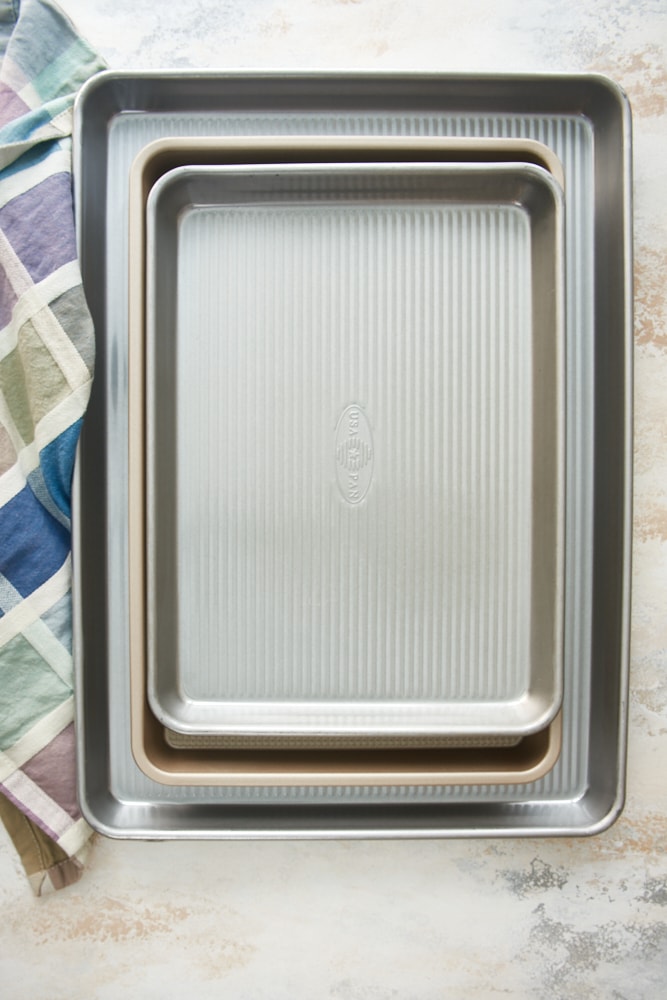


Don’t Over-Mix
A phrase you’ll see commonly in baking recipes is “don’t over-mix.” That’s because mixing a dough or batter too much will often lead to tough baked goods. Traditional baked goods with flour produce gluten as they’re mixed, and too much of that makes for some unpleasant results.
In most cases, you should only mix doughs and batters just until they’re combined. Of course, follow the specific recipe’s directions for how much to mix. But sometimes that information isn’t provided. When that happens, err on the side of caution and mix just until the ingredients are combined.
Don’t Open the Oven Door
Other than putting the pan in the oven and taking it out, don’t open the oven door more than is necessary. Even briefly opening the door will lower the oven’s temperature, which will affect how long it takes to bake as well as what the finished texture will be like.
Peeking through the oven window is usually enough to make a quick check for how things are progressing. When it’s time to do a check for doneness, keep the door open only as long as necessary.
Know How to Check for Doneness
My final baking tip for beginners is maybe the least straightforward. It can be tricky to tell when your baked goods are ready to come out of the oven. The recipe you’re using should give you at least one way to test for doneness. Better yet, some recipes will give you two doneness queues – one that’s visual and one that requires a test of some kind.
A visual queue is something like looking for browning or setting. You’re likely to be instructed that whatever you’re baking should be golden brown or just beginning to brown. You can often gauge this by looking through the oven door.
If you’re looking to see if your baked good appears set, then that can be a bit trickier. Often, though, that’s simply looking to see if the surface (specifically the center) looks baked and not still wet. Checking if something is set may require a doneness test.
A doneness test usually requires interacting with whatever you’re baking. The most common test is the pick test. If you stick a toothpick or a cake tester into a baked good, look at the pick when it comes out. Depending on the recipe, the pick should be clean or have a few crumbs. You may also be directed to check if there’s a jiggle in the center or if something springs back when tapped.
Carryover baking
An important thing to consider is carryover baking. That simply means that whatever you’re baking will continue baking after it comes out of the oven. The heat from the pan will keep the baking process going for a bit. There’s a saying that done in the oven means overdone on the plate. Keep that in mind when gauging doneness.
A wire cooling rack is a very useful item for helping combat carryover baking. Placing a freshly baked pan of baked goods on a wire rack allows air to circulate around the pan, cooling it faster. Pay attention to how long the recipe instructs you to cool your baked goods both in and out of the pan. Learn more: Why Every Baker Needs Wire Cooling Racks


Baking Recipes for Beginners
Now that you’ve got these baking tips for beginners under your apron belt, I hope you’re feeling confident about your baking skills and ready to get baking! If you’re looking for a few beginner recipes to get started, try these favorites.
- 3-Ingredient Peanut Butter Cookies
- Cocoa Cake
- Italian Jam Crostata
- Brown Sugar Shortbread
- Almond Gâteau Breton
- Brownie Cupcakes
More Baking Tips and Tricks
And for more baking tips and baking science, take your next steps with How to Soften Butter, The Creaming Method, and How to Prevent Common Cookie Problems.
And be sure to see all of my baking tips for more baking tips for beginners and experienced bakers! Happy baking!
Bake or Break is a participant in the Amazon Services LLC Associates Program, an affiliate advertising program designed to provide a means for us to earn fees by linking to Amazon.com and affiliated sites.




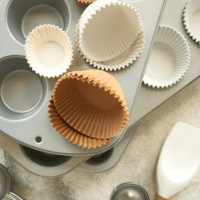
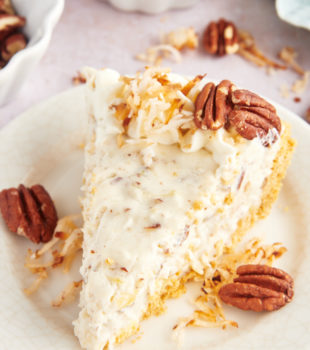



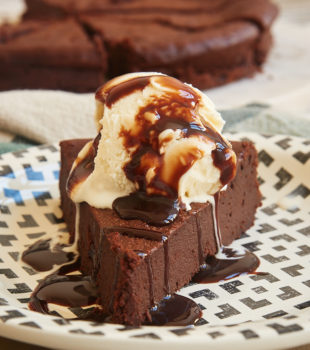

7 Comments on “Baking Tips for Beginners”
Many cook books and recipes don’t have weight measurements for the ingredients. How do you calculate weight?
Hi, JoAnn. If it’s not provided, then you’ll have to go with accepted standard measurements. You can reference recipes that do provide weights for specific ingredients as a guideline.
My banana bread always sinks in the middle after iI take it from the oven . Any suggestions as to help prevent this problem Thanks
Hi, Donna! Most likely, it’s not getting thoroughly baked in the center. Your recipe should tell you how to check for doneness, which is probably with a long pick inserted into the center that comes out clean. If your loaf pan is dark, then that can cause the edges to bake faster while leaving the center under-baked. Another thing you might check is your oven’s temperature accuracy. I periodically check mine with an oven thermometer. If it’s not getting to the right temperature, you can either make an adjustment with the temperature setting or have the oven calibrated.
Great information! There is one thing I hope you can clarify about ingredients. Some flours have different weights per cup. So if I’m using a flour that weighs more, if I follow the recipe wouldn’t I actually be using less flour than the recipe calls for even though I’m weighing out the grams the recipe calls for?
Also, sometimes a recipe will have a gram and volume measurement, but then a different recipe will have a different gram measurement for the same volume as the other recipe.
I hope this makes sense and thank you for any clarification you can provide.
Hi, Laurel! Unfortunately, not everyone seems to agree on how to convert volume measurements to gram weights. If weights are listed, I assume that to be accurate regardless of minor differences in volume measurements. For instance, you may see recipes that have a cup of all-purpose flour weighing anywhere from 120g to 150g. If another recipe lists measurements in weights, I usually assume that’s what they used and measure by weight. I can only speak to my recipes to say that if a weight is listed then that is the exact weight used. I hope that helps!
Thank you!